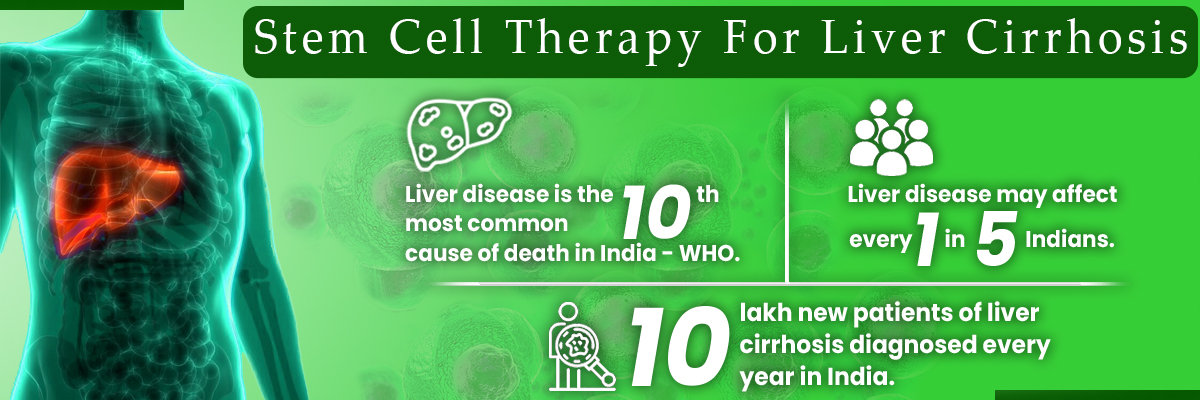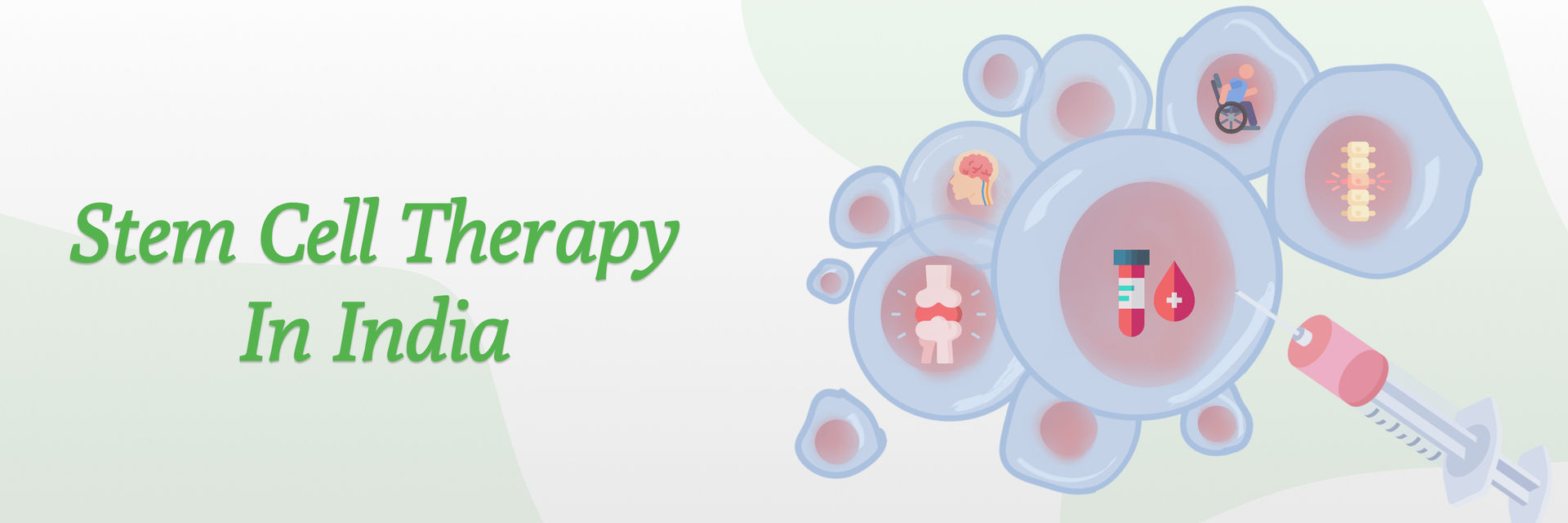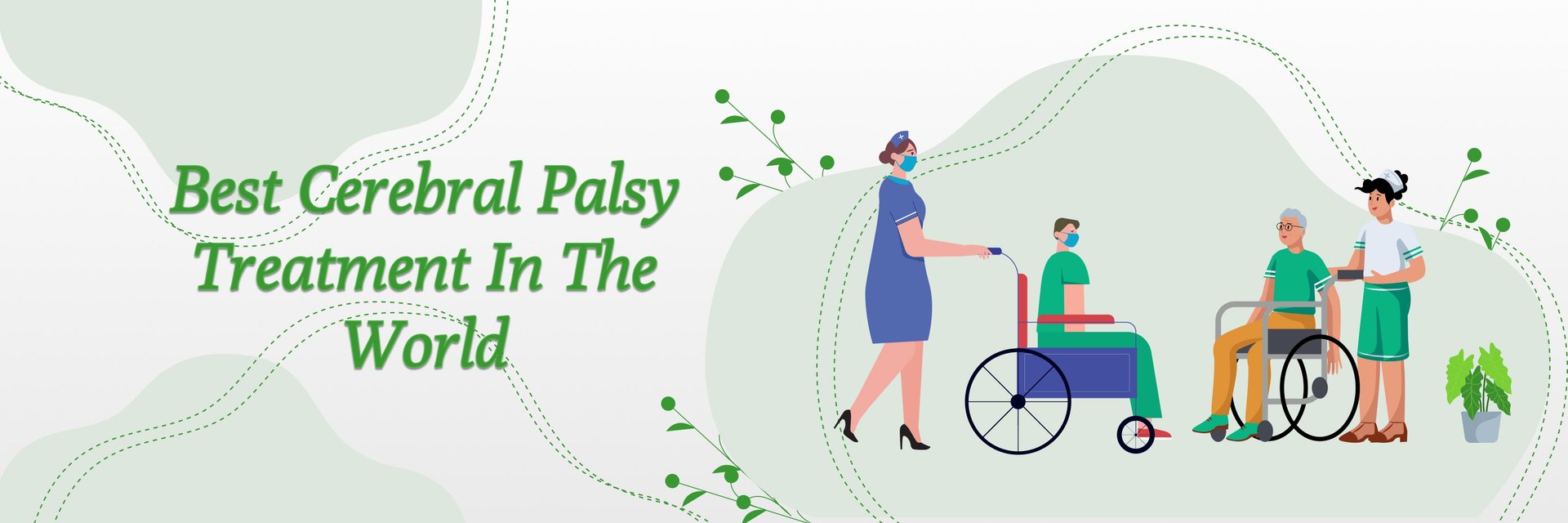Overview
Did you know glaucoma is one of the leading causes of irreversible blindness worldwide?
According to the Glaucoma Research Foundation, over 80 million people globally are affected by this condition, with nearly half unaware they have it.
In India alone, over 12 million people suffer from glaucoma, with nearly 1.2 million facing bilateral blindness. With the country’s aging population and limited early detection programs, these numbers are expected to rise steadily.
While conventional treatments like eye drops, laser surgery, and invasive procedures can manage intraocular pressure (IOP), they cannot restore vision already lost due to optic nerve damage. This is where an exciting frontier—stem cell therapy for glaucoma—is showing transformative promise.
In this blog, we explore how regenerative medicine, particularly stem cell treatment for eye diseases, may hold the key to reversing damage and restoring vision in glaucoma patients.
Understanding Glaucoma:
Glaucoma is not just a single disease but a group of eye conditions that damage the optic nerve—a crucial link between your eyes and brain.
Under normal conditions, clear fluid inside the eye drains out through tiny channels. When these channels become blocked or slow, it leads to increased intraocular pressure (IOP), which can gradually harm the optic nerve fibers.
Not everyone with high IOP develops glaucoma, and some individuals with normal eye pressure still lose vision. That’s what makes it so dangerous—it’s often asymptomatic until significant vision is lost.
Take the First Step Toward Vision Restoration - Contact us now to learn more about advanced glaucoma treatments and innovative therapies that may change the future of glaucoma care. For further assistance you can book online doctor consultation in minutes on our platform.

Limitations of Current Treatments
Most current glaucoma treatments aim to lower intraocular pressure (IOP) to slow disease progression. These include:
- Medications: Eye drops or oral pills reduce fluid production or improve drainage but require lifelong use and don’t repair optic nerve damage.
- Laser Therapies: Improve fluid outflow but offer only temporary relief and do not reverse vision loss.
- Surgical Procedures: Options like trabeculectomy or implants create new drainage paths but come with risks and still don’t restore lost vision.
While these treatments help manage glaucoma, none can regenerate damaged optic nerves or restore lost eyesight. This limitation has led researchers to explore regenerative treatments like stem cell therapy, which offer hope for vision restoration and optic nerve repair.
The Promise of Stem Cell Therapy for Glaucoma
What Are Stem Cells?
Stem cells are the body’s natural healing agents—often referred to as the body’s “master cells.” They have two remarkable abilities:
- Self-Renewal: Stem cells can continuously divide and produce more copies of themselves, maintaining a reserve of undifferentiated cells.
- Differentiation: They can transform into various specialized cells, such as nerve cells, retinal cells, or muscle cells, depending on the body’s needs.
This unique capacity to both replenish and specialize makes stem cells a powerful tool in regenerative medicine.
How Can Stem Cells Help in Glaucoma?
Stem cells offer a promising approach to treating glaucoma by targeting the root cause—optic nerve and retinal ganglion cell (RGC) damage. Here’s how:
- Regenerate Damaged Cells: Stem cells can potentially replace lost RGCs, helping restore vision.
- Protect Nerve Tissue: They release neuroprotective factors that slow further damage to the optic nerve.
- Reduce Inflammation: Stem cells calm inflammation, a key driver in glaucoma progression.
- Lower Oxidative Stress: They combat harmful free radicals, protecting delicate eye tissues.
- Improve Eye Drainage: Some research explores using stem cells to repair the trabecular meshwork, improving fluid outflow and reducing eye pressure.
While still experimental, stem cell therapy could revolutionize glaucoma treatment by restoring vision, not just managing symptoms.
Types of Stem Cells Used in Treating Glaucoma

Different types of stem cells are being explored to treat glaucoma, each with unique properties and applications:
- Mesenchymal Stem Cells (MSCs):
Sourced from bone marrow, fat, or umbilical cord tissue. Known for their neuroprotective effects and ability to reduce inflammation in glaucoma. - Induced Pluripotent Stem Cells (iPSCs):
Adult cells genetically reprogrammed to a stem cell state. They can be tailored to become retinal ganglion cells (RGCs) and are valuable for personalized glaucoma therapy. - Embryonic Stem Cells (ESCs):
Derived from early-stage embryos, these cells have the potential to develop into any cell type, including optic nerve or retinal cells. Their use is limited by ethical concerns and regulatory restrictions. - Neural Stem Cells (NSCs):
Specialized for the nervous system, these cells show promise in regenerating damaged optic nerves and promoting nerve repair in glaucoma.
Restore Vision with Stem Cell Therapy for Glaucoma - Connect with top eye specialists and trusted clinics at ClinicSpots.
Eligibility for Glaucoma Stem Cell Therapy
While stem cell therapy isn’t yet a mainstream option, clinical trials in India and globally are exploring its potential. Ideal candidates include:
- Patients with moderate to severe glaucoma unresponsive to medications or surgery
- Those in good general health to safely undergo treatment
- People willing to participate in clinical research and follow-up care
Benefits and Risks of Stem Cell Therapy for Glaucoma
Stem cell therapy offers a promising new approach for treating glaucoma by aiming to protect, repair, and regenerate damaged optic nerve cells—potentially restoring vision and slowing disease progression.
Potential Benefits
- Optic Nerve Protection
Stem cells can release neuroprotective factors that help shield the optic nerve from further damage caused by elevated intraocular pressure. - Retinal Cell Regeneration
By replacing damaged retinal ganglion cells (RGCs), stem cells may help restore partial vision, a goal that current treatments can't achieve. - Reduced Inflammation and Disease Progression
Stem cells have anti-inflammatory properties that may slow glaucoma progression and improve the overall ocular environment. - Restoration of Visual Function (Experimental)
In some trials, patients have shown mild improvements in visual acuity or stability, indicating a potential to regain lost function.
Possible Risks
- Immune Rejection
The body may identify transplanted stem cells as foreign and launch an immune response, leading to rejection and complications. - Tumor Formation
Some types of stem cells, especially pluripotent ones, carry a small risk of forming teratomas or abnormal growths if not properly controlled. - Unknown Long-Term Effects
As research is still in its early stages, the long-term safety and effectiveness of stem cell treatments for glaucoma remain unclear.
Stem Cell Treatment Procedures for Glaucoma
Stem cell therapy for glaucoma involves a series of steps, including consultation, evaluation, stem cell harvesting, lab processing, injection, and post-treatment monitoring, aimed at repairing optic nerve damage and improving vision.
- Initial Consultation: Assessment of glaucoma type and severity.
- Pre-treatment Evaluation: Eye exams, pressure tests, and overall health review.
- Cell Harvesting: From the patient's body (autologous) or donor (allogeneic).
- Laboratory Processing: Isolation and preparation of stem cells.
- Injection: Targeted delivery near the optic nerve or retina.
- Post-Treatment Follow-Up: Monitoring for side effects and vision changes.
Ready to Explore a New Era in Glaucoma Treatment? Book Your Consultation and take the first step toward protecting and potentially restoring your vision.

Cost of Stem Cell Therapy for Glaucoma
The cost of stem cell therapy for glaucoma in India varies based on factors like the type of stem cells used, the severity of the condition, and the specific clinic or hospital. Here's a breakdown:
Estimated Cost Range
- General Stem Cell Therapy: Typically ranges from $2,500 to $9,000, depending on the clinic and treatment specifics.
- Optic Nerve Specific Treatments: For conditions like optic nerve atrophy, costs can range from $4,000 to $8,500.
- Advanced Therapies: Some specialized treatments may cost between €7,000 and €31,000 (approximately $7,500 to $33,000 USD), depending on the complexity and type of stem cells used.
Factors Influencing Cost
- Treatment Protocol: Number of sessions and type of therapy.
- Clinic Reputation: Established clinics may charge higher fees.
- Location: Cities like Mumbai, Delhi, and Bangalore may have varying costs.
Seeking the Best Stem Cell Treatment for Glaucoma in India? Discover top hospitals pioneering stem cell therapy for glaucoma.
Differentiation of Treatment Methods Based on the Type of Glaucoma
Different types of glaucoma require tailored treatment approaches to address their unique mechanisms and progression. Below is a breakdown of how stem cell therapy and other treatments can vary based on the specific type of glaucoma:
1. Primary Open-Angle Glaucoma (POAG)
- Cause: Gradual increase in intraocular pressure (IOP) due to poor drainage of the eye's aqueous humor.
- Stem Cell Therapy:
- Goal: Focus on protecting and regenerating the optic nerve fibers and retinal ganglion cells (RGCs).
- Treatment: Stem cells may be used to regenerate damaged optic nerve tissue and improve the drainage system over time.
- Expected Outcome: Long-term management with a focus on neuroprotection and reducing further damage.
- Other Treatments: Medications (eye drops), laser therapy (trabeculoplasty), and surgical options (trabeculectomy) are commonly used to reduce IOP.
2. Angle-Closure Glaucoma
- Cause: Sudden blockage of the drainage angle, leading to a rapid increase in IOP.
- Stem Cell Therapy:
- Goal: Focus on restoring drainage and reducing inflammation rapidly.
- Treatment: Stem cells may help regenerate the trabecular meshwork to improve drainage and reduce IOP.
- Expected Outcome: Immediate intervention needed, with the possibility of regenerating damaged tissues to improve drainage pathways.
- Other Treatments: Surgical intervention to create a new drainage pathway (e.g., laser iridotomy) is often the first line of treatment.
The type of glaucoma significantly influences the treatment strategy, including stem cell therapy. Tailoring the approach based on the type and severity of glaucoma maximizes the potential for positive outcomes and helps guide the best possible treatment plan.
What to Expect After Stem Cell Therapy for Glaucoma?
Stem cell therapy for glaucoma offers new hope for patients seeking vision restoration and disease control. Understanding the recovery journey is essential for maximizing results and managing expectations.
Post-Stem Cell Therapy Recovery:
- Quick Recovery Time: Most patients recover within a few days to a week after stem cell therapy for glaucoma.
- Vision Improvement Monitoring: Regular eye exams track visual changes and retinal health post-treatment.
- Eye Pressure Evaluation: Monitoring intraocular pressure is crucial to prevent further optic nerve damage.
- Inflammation Watch: Early detection of inflammation ensures a safer and smoother healing process.
- Follow-Up Appointments: Consistent glaucoma treatment follow-ups help assess therapy success and adjust care plans.
- Variable Results: Outcomes vary based on the stage of glaucoma and overall eye health.
- Positive Reports: Many patients experience mild vision improvements and slowed disease progression.
By staying committed to follow-up care and monitoring, patients can increase their chances of long-term success with glaucoma stem cell treatment.
How Successful is Stem Cell Treatment for Glaucoma?
The effectiveness of stem cell therapy for glaucoma has been promising in early clinical trials, though stem cell glaucoma treatment results vary among patients. While the treatment shows potential in regenerating damaged optic nerve tissue, stem cell glaucoma treatment outcomes are still being closely monitored. The success rates are not yet definitive, as research is ongoing to determine how well stem cells can restore vision and halt disease progression in the long term.
Though stem cell therapy success rates are still under evaluation, many patients have reported positive improvements, especially those with moderate to severe glaucoma who have not responded well to traditional treatments. Stem cell therapy for glaucoma outcomes is an area of great research interest, offering hope for better results in the future.
FDA Approval and Regulatory Status for Glaucoma Treatment
Stem cell therapy for glaucoma is an emerging treatment still under clinical evaluation. While it holds great promise, it has not yet received full regulatory approval for general medical use.
Key Points:
- Experimental Phase: Stem cell therapy for glaucoma is currently classified as investigational and is part of ongoing clinical research.
- Not FDA-Approved: The U.S. FDA has not approved stem cell therapy as a standard treatment for glaucoma.
- Clinical Trials in Progress: Trials are underway to test its safety, efficacy, and long-term success.
- Different Regulations by Country: Countries like India are evolving their stem cell regulations for glaucoma treatment.
- Not Widely Available Yet: The treatment is not offered as a routine option in most eye clinics.
- Medical Consultation Essential: Patients must consult eye specialists to explore eligibility and understand potential risks.
- Hope for the Future: With growing evidence and stricter oversight, regulatory approval may become possible in the coming years.
Conclusion
Stem cell therapy offers exciting potential for glaucoma by aiming to repair and regenerate damaged optic nerve tissues—something current treatments cannot do. While still in the experimental stage, ongoing clinical trials show encouraging progress. Challenges such as safety, long-term outcomes, and treatment cost need to be addressed. With continued research and regulatory advancements, stem cell therapy could become a transformative solution for glaucoma patients in the future.
References







